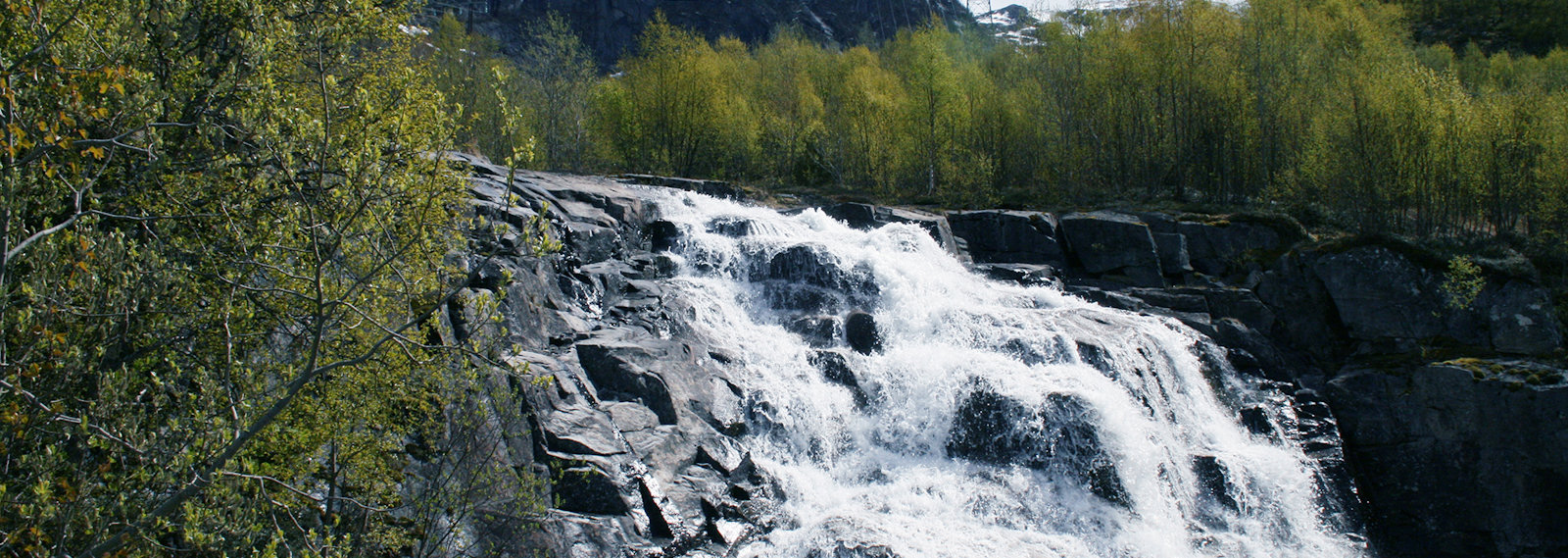Greener sourcing for a Circular Economy
It matters for the climate where materials come from and how they are produced. We can make low-carbon living possible – here is how.

With a full focus from the origin of the material, throughout the material value chain, into the product design and use phase, and finally in the reuse and recycling phase.
The European Green Deal was announced by EU Commission President Ursula von der Leyen in December 2019. It set an ambitious roadmap toward a climate-neutral circular economy. In March 2020, the European Commission adopted a new Circular Economy Action Plan.
A true circular economy will transform the way goods and materials are produced. It is encouraging that the Action Plan sets out clear focus areas for several key product value chains, such as batteries, vehicles, packaging and construction.

Sectors such as aluminium can deliver major contributions to successfully transform these product value chains. Aluminium has already established its circular credentials – it is a permanent material.
The Circular Economy Action Plan is wide-ranging, for economies to become circular they must go beyond end-of-life recycling and consider the whole product lifecycle. Products must not only be designed with the right materials, they need to be designed with the greenest manifestations of the right materials.
It is positive that the Action Plan is considering product transparency requirements.
Now, more than ever, we need to be transparent with customers and policy makers that not all materials are created equal. We need a well-developed framework for disclosing circularity and carbon footprint of material and products. And aluminium is no exception.
Aluminium production is energy intensive and electricity is the main energy contributor. Electricity can be generated in a wide variety of ways, from coal to wind. It is crucial to understand that the embodied energy in aluminium does not reflect the embodied carbon, as it depends on the energy source.
This point is perhaps more important for aluminium than any other mass-produced metal.
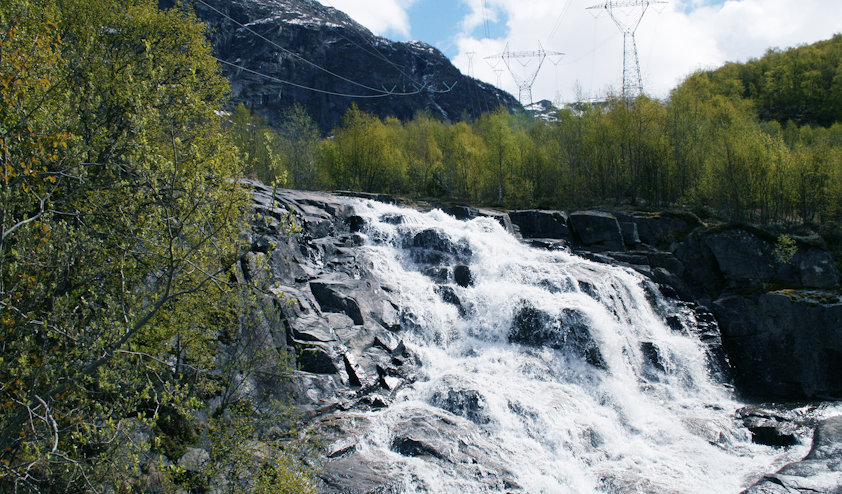
Worldwide, for every 1 kilogram of primary aluminium produced, an average 16.7 kilograms of CO2 is emitted. This is due to the large number of global producers who source their power from coal, resulting in 20 kilograms of CO2 for every 1 kilogram of aluminium produced. Europe is in a better position.
Nevertheless, per kilogram of consumed aluminium in the EU, the CO2 emitted is still close to 9 kilograms. Perhaps most concerning for policy makers, in the coming decade, aluminium producers are poised to source more energy from coal – not less. There are industrial exceptions.
We in Hydro are proud to be a world leader in producing green primary and recycled aluminium. We are now delivering primary aluminium at a world leading 4 kilograms of CO2 emitted per kilogram of aluminium. This is under half the CO2 average of the aluminium consumed in Europe today and less than a fourth of the global average.
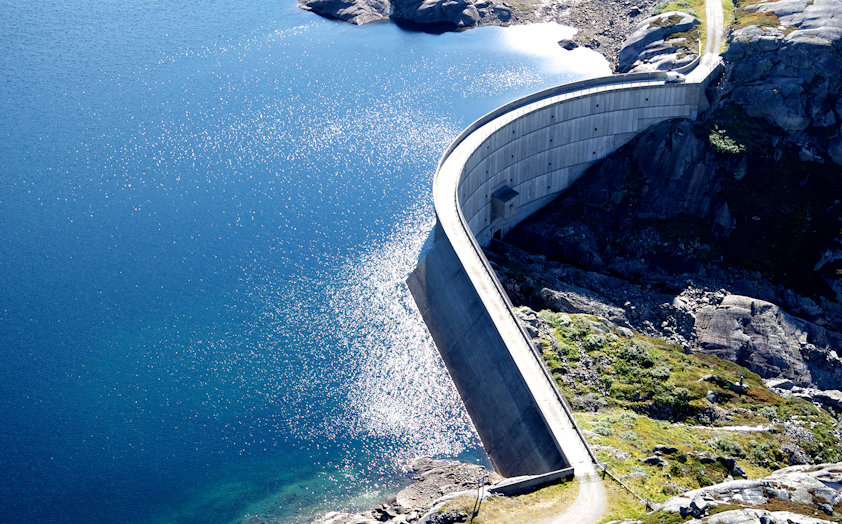
Further, our unique position as a fully integrated aluminium company supports our sustainability agenda. This means that we have direct control of the value chain. Whether from bauxite mining, alumina refining, power production, energy sourcing, primary aluminium to finished products and recycling – the carbon is visible and actionable.
Source it well, use it well
Hydro has become a global renewable energy player, and we are one of the largest off-takers of renewable Power Purchase Agreements (PPAs). We produce, source and consume substantial quantities of electricity for our primary aluminium plants, rolling mills and alumina refinery operations. Additionally, across the full breath of our value chain, we have taken an industry-leading position toward energy efficiency.
Hydropower
With hydropower, we have been delivering sustainable industrial development and economic prosperity for over 100 years. Today in Norway, Hydro is the largest power consumer and privately-owned power producer.
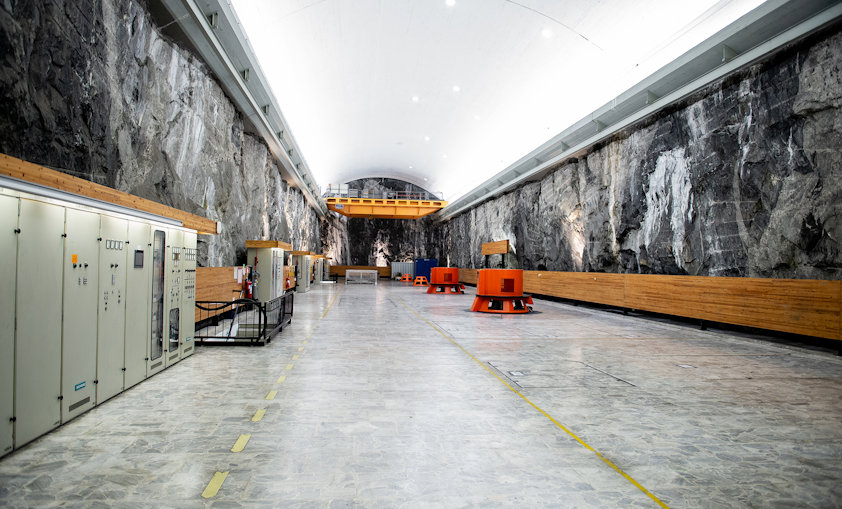
We have operating and ownership interests in 26 hydroelectric power plants delivering 10 TWh of clean and renewable energy annually for our aluminium production. In fact, today 100% of Hydro’s primary aluminium production in Norway is based on renewable power. We decided to grow our operations in regions of the world where we could use power with zero emissions, such as hydropower and wind power.
Wind power
Hydro is the global leader in sourcing wind power for metal production. This provides significant support to the European wind industry. In 2016, we agreed to source power from what was at the time the largest onshore wind power project in Europe. In 2017, we then signed the largest corporate wind energy sourcing contract, or PPA, in the world. In 2018, we signed the world’s longest wind power sourcing agreement, supplying renewable energy to Hydro through 2050.
Beyond greener aluminium, these large and long-term sourcing agreements have numerous economic benefits for the wider renewable industry.
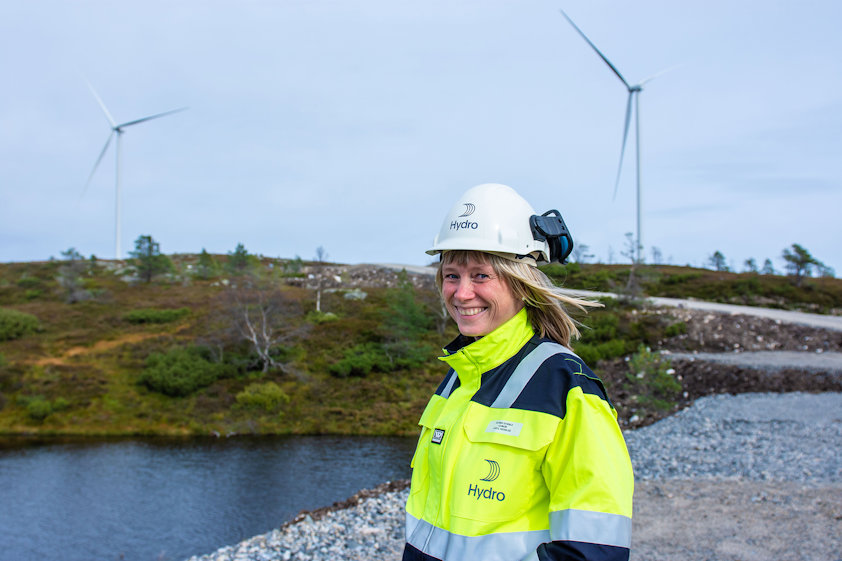
Outside major governmental subsidy support schemes such as renewable energy auctions, industrial power sourcing is the key enabler for utility-scale renewable projects. We see it as a win-win situation. In fact, industrial power sourcing provides revenue stabilization for wind developments that would otherwise be exposed to the uncertainly of the merchant power market.
Predicable revenue from large credit-worthy organizations such as Hydro significantly lowers the cost of financing for these capital-intensive renewable developments. These wind farm developments then support the regional maturation of renewable energy frameworks and the expansion of supply chains.
By the end of 2018, Norsk Hydro was the fourth-largest buyer of renewable power in the world and the largest in Europe.
Energy efficiency
The cleanest energy is the energy you do not use. Along Hydro’s aluminium value chain we are world leaders in energy efficiency. Hydro’s alumina refining is among the most energy-efficient in the industry and in our smelters, we are implementing groundbreaking energy-efficiency technology. Our smelter technology enables aluminium production that is 10-14% more efficient than industry peers. Globally, no one in the industry has yet managed to produce aluminium with such low energy consumption and high productivity as Hydro is doing today.
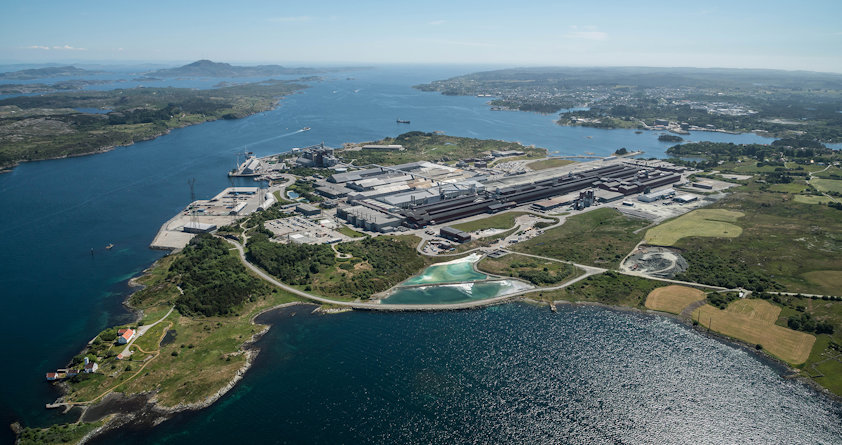
A lot done – but more to do
With record amounts of renewable energy sourcing, recycling infrastructure and world-class energy efficiency technology throughout our value chain, Hydro is well positioned to be part of the climate-neutral European Circular Economy.
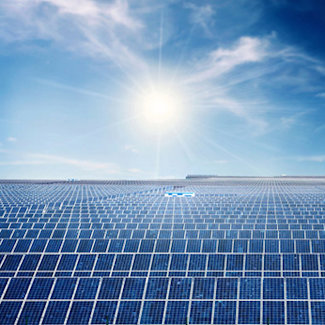
Toward 2030, we will strengthen and build further on this position. Sustainability is not a part of our strategy; it is our strategy.
We have an ambition to reduce our CO2 emissions by 30% by 2030. We will do this by targeting all stages of our value chain, through continued green sourcing and new greener production.
There is a clear objective – aluminum with a maximum carbon footprint of 2 kilograms per kilogram of aluminium. The same recyclability and life-cycle durability, but a fundamentality different level of embodied carbon than the Europe average.
Hydro has developed low-carbon certified aluminium products that are ready to be deployed into the economy and society, in collaboration with designers and architects. For this, it is important that the right sustainable product policy framework is in place.
Enabling a circular economy for Europe
We welcome that the European Commission will cooperate closely with stakeholders in key value chains and we agree with the Action Plans’ reoccurring transparency tenet. Once again, we need a well-developed framework for disclosing circularity and carbon footprint of material and products. Now, more than ever, we need to be clear and open with customers and policy makers, that not all materials are created equal, and aluminium is no exception.
Together we can create the framework conditions to enable a greener circular economy for Europe.







